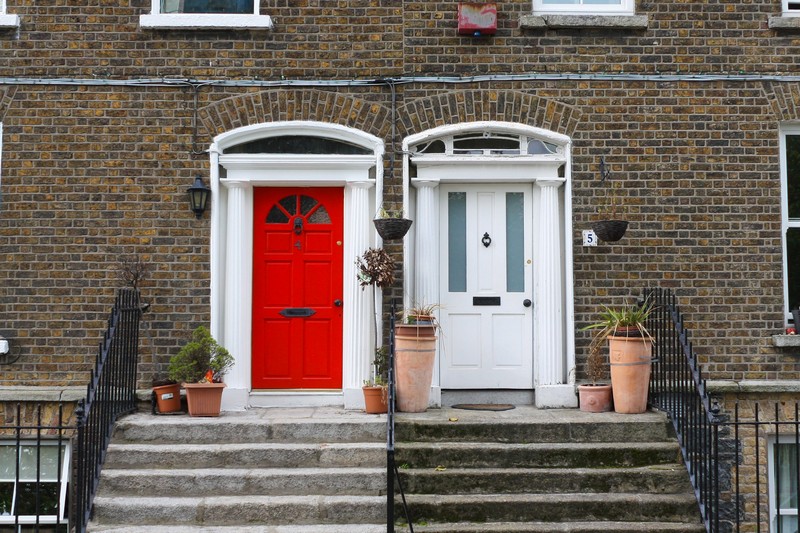
As we navigate through the ever-evolving landscape of the UK housing market, there’s been a flurry of discussions and analyses projecting the trajectory of house prices.
House price movements in 2023 are a mixed bag with most regions showing price falls, and a few small pockets showing price increases of up to 2.5% where you find more affordable housing in the area.
The shift in mortgage rates, instigated by the Bank of England’s efforts to combat persistent inflation, has sparked various speculations about its impact on the affordability of homes and its consequent effects on the housing sector.
Looking back, Rightmove’s property expert, Tim Bannister, predicted: “We’re heading towards a more even balance between supply and demand, but we don’t expect more significant price falls in 2023. This is reflected in our prediction of a relatively modest average fall of 2% next year.”
Interestingly, this projection aligns closely with the current trends, as the national scale reflects a trajectory consistent with our earlier predictions. For a detailed regional breakdown and other pertinent housing market trends, Rightmove’s monthly House Price Index provides comprehensive insights.
Regional Variances in Asking Prices: The recent months have witnessed a decline in average asking prices for homes in Wales, Scotland, and every region of England since October.
However, contrasting this short-term trend with figures from a year ago unveils differences across the country where certain areas in Great Britain have witnessed witnessed a price rises over the year.
Areas that have seen price rises include regions that are characterised by generally more affordable housing, where average asking prices are below the national average of £362,143.
Areas with increases in asking prices (Nov 2023 vs. Nov 2022):
- North West: £255,107 (+2.5%)
- Scotland: £185,766 (+1.9%)
- North East: £181,829 (+1.3%)
- Yorkshire & the Humber: £242,367 (+0.2%)
- Wales: £254,192 (+0.1%)
Conversely, several regions in England, including the South East, South West, London, East and West Midlands, and the East of England, have witnessed annual declines in average asking prices over the same period.
The downward trend in property prices is driven mostly by mortgage rate increases by the Bank of England, and whilst the Base Rate has stabilised over the last two meetings of the Bank of England, underlying rates have fallen.
Interest rates have shown a gradual downward trajectory since July, which was further fuelled by the Bank of England’s decision to maintain the Base Rate in November 2023. This trend is anticipated to continue and will continue to shape the landscape of mortgage rates in the near future.
Now is always a good time to buy a house if you buy the house at the right price, rather than wating until 2024. This means that leading into late November, early December and with interest rates looking to drop, it looks like a good time to buy rather than waiting until 2024.
I hope you’ve enjoyed this article about decoding the UK housing market shifts in 2023 and beyond
If you’ve enjoyed this article about “decoding the UK housing market shifts in 2023 and beyond” please share it on your favourite social media site.
Also, if you have any questions, please feel free to comment below too. Please also share any of your experiences with properties you’ve bought. Alternatively, if you need more help, please feel free to contact us on our contact us page here. Or join the discussion and ask your question in the property forum.




